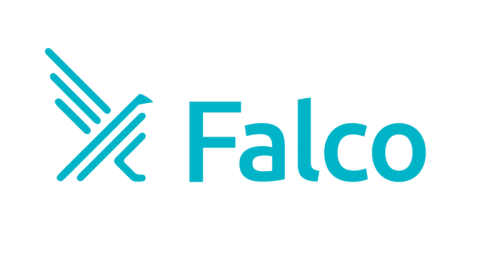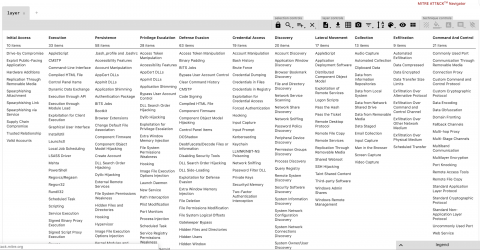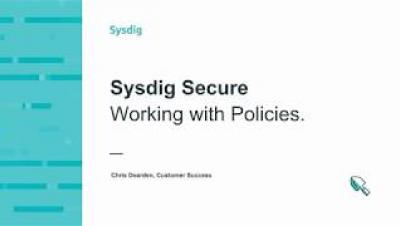Operations | Monitoring | ITSM | DevOps | Cloud
Sysdig
A Closer Look at Falco CVE-2019-8339
Recently, a member of the Falco community privately disclosed a capacity related vulnerability which, under circumstances where a malicious actor has already gained access to your system, could allow the actor to further bypass Falco’s detection of abnormal activity. The final details are still being worked out, but we believe the CVE will be classified as Medium severity according to the CVSS methodology.
Falco 0.15.0 Released
We are happy to announce the release of Falco 0.15.0. This release incorporates a number of improvements, as well as bug fixes, and rules updates. This release also includes a mitigation for CVE-2019-8339, and all users are encouraged to update to this release. You can find more details about the features and improvements in the release notes, but below are a few highlights.
MITRE ATT&CK framework for container runtime security with Sysdig Falco
MITRE ATT&CK is a comprehensive knowledge base and complex framework of over 200 techniques that adversaries may use over the course of an attack. While MITRE’s full ATT&CK framework is publicly available, it can be characterized into 3 key elements.
JMX monitoring + Java custom metrics.
In this tutorial we are going to learn how to instrument Java code to expose application metrics using JMX monitoring. Following the code examples, you can monitor the availability, health and performance of your Java application. Java 1.5 introduced JMX – Java Management eXtensions – which is a standard way to instrument code in the JRE world.
Sysdig Secure: Overview of Policies
Sysdig Secure: Working with Policies
Sysdig Secure: Policy Events
NIST SP 800-190 application container security with Sysdig Secure
In September 2017, the National Institute of Standards and Technology (NIST) released Special Publication (SP) 800-190, Application Container Security Guide. NIST SP 800-190 explains the security concerns associated with container technologies and recommendations for the image details and container runtime security. It provides prescriptive details for various sections including image, registry, orchestrator, container and host OS countermeasures.










